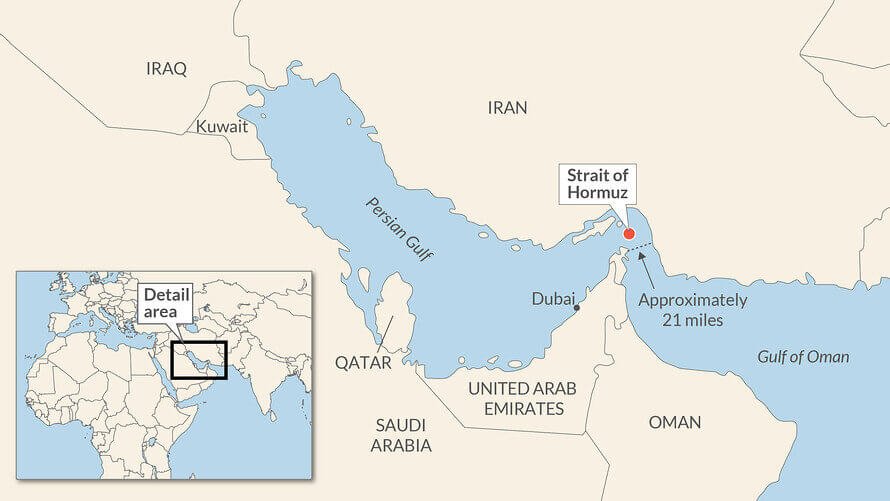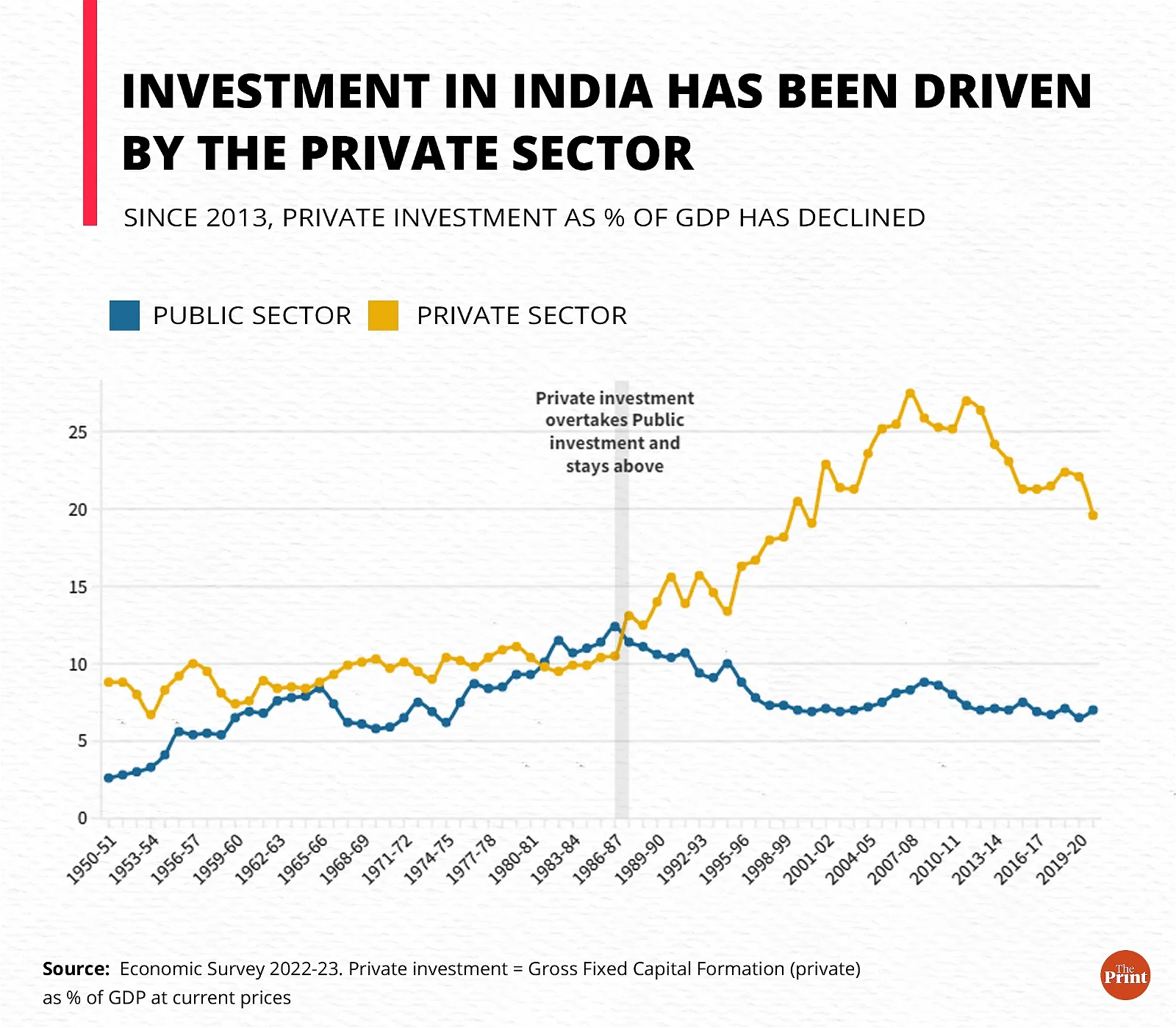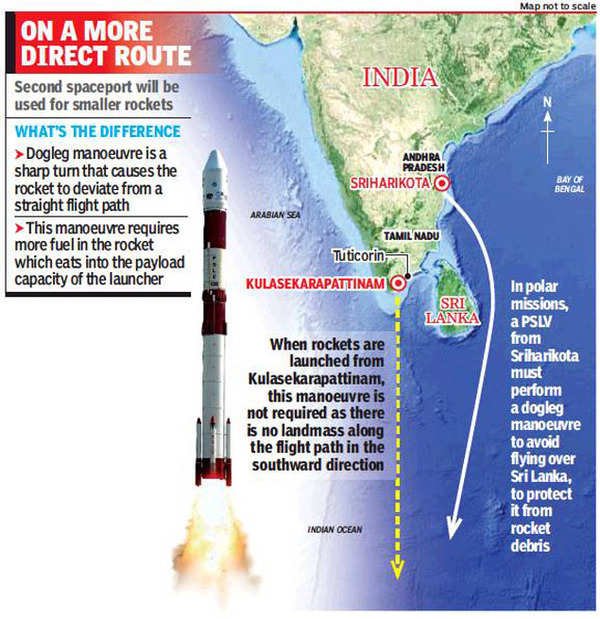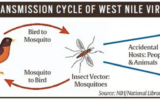
PSLV Orbital Experimental Module-3 (POEM-3)
Subscribers of "Current Affairs" course can Download Daily Current Affairs in PDF/DOC
Subscribe to Never Miss an Important Update! Assured Discounts on New Products!
Must Join PMF IAS Telegram Channel & PMF IAS History Telegram Channel
- Context (BT | TH | TOI): ISRO recently announced that its PSLV Orbital Experimental Module-3 (POEM-3) re-entered the Earth’s atmosphere without leaving any debris in orbit.
- This event was part of the PSLV-C58/XPoSat mission, aimed at reducing space debris by leaving virtually no debris in orbit.
- The PSLV-C58 Mission, successfully concluded on January 1, 2024, involved placing all satellites into their planned orbits.
- After achieving this main goal, the final stage of the PSLV rocket became a stable platform called POEM-3, using a 3-axis stabilisation technique.
- This change represents a strategic use of the rocket’s final stage beyond its initial satellite launch mission.
- The PSLV-C58/XPoSat mission marks the third successful instance of POEM, denoted as POEM-3.
What is POEM?
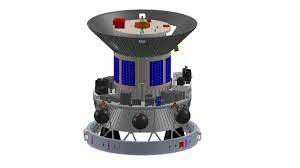
- The PSLV has four stages. After using up their fuel, the first three stages fall into the ocean.
- The fourth stage, known as PS4, usually becomes space debris after launching the satellite.
- However, for the PSLV-C53 mission, the PS4 stage will have a new role as a stable platform for experiments. The PS4 will orbit the Earth while staying stable.
- This new approach turns part of the PSLV into a laboratory for space research.
- POEM has its own Navigation Guidance and Control (NGC) system. This system acts as the platform’s brain, ensuring it stays in a stable position accurately.
- POEM is equipped with payloads and obtains its power from solar panels installed around the PS4 tank, supplemented by a lithium-ion battery.
- For navigation, it utilises four sun sensors, a magnetometer, gyroscopes, and the NavIC system.
- Additionally, it features specialised control thrusters powered by stored helium gas and is equipped with a telecommand capability for receiving instructions.
POEM vs. Satellites
- Satellites are like specialised spaceships built for long-term missions in space, such as weather monitoring, communication, or navigation.
- They have their own power, communication systems, and advanced controls to stay in orbit for years.
- POEM is different. It is a temporary orbital lab created by repurposing a rocket’s final stage.
- It carries scientific experiments into space for a short period, using basic controls for stability.
- Instead of staying in orbit long-term, POEM is designed to safely re-enter Earth’s atmosphere after completing its experiments, leaving no debris behind.
3-axis stabilisation technique
- In the context of spacecraft and satellites, it refers to the method of controlling the orientation of the object in space with respect to all three spatial dimensions (pitch, yaw, and roll).
- This ensures the spacecraft maintains a stable position and orientation, allowing it to face the desired direction.
- It’s achieved through various mechanisms, such as reaction wheels, gyroscopes, and sometimes thrusters, which apply small amounts of force or torque to adjust the spacecraft’s position as needed.
- This stabilisation is crucial for a variety of tasks, including precise pointing of instruments for data collection, communication with Earth, and optimal positioning of solar panels for energy collection.
Why POEM-3 is significant?
- The increasing number of satellites orbiting the Earth has led to a significant concern of space debris.
Increasing number of satellites
- LEO contains satellites for various purposes like intelligence data tracking, encrypted communication, and navigation.
- The Low Earth Orbit (LEO) ranges from 100 km to 2000 km above the Earth’s surface.
- According to ISRO’s Space Situational Assessment report, 2,533 objects were launched into space through 179 launches worldwide in 2022.
- ISRO estimates suggest that by 2030, the number of space objects larger than 10 cm in size in Low–Earth Orbit (LEO) could reach about 60,000.
- Currently, there are approximately 7,000 operational satellites circling the Earth at various altitudes.
- Alongside operational satellites, there are millions of pieces of space debris present in Earth’s orbit.
- Space debris also exists in the Geosynchronous Orbit (GEO), situated 36,000 km above the Earth’s surface.
Space X’s Starlink mission is a concern
- Space X is a significant contributor to the increasing number of satellites. Space X is constructing a large constellation of 12,000 satellites known as Starlink to offer internet services globally. The completion of the Starlink project is anticipated by 2027.
- Additionally, Space X has applied to a second generation of Starlink satellites, consisting of 30,000 satellites in Low Earth Orbit (LEO).
- With the launch of more communication satellites and constellations and increased anti-satellite tests, on-orbit breakups and collisions are rising.
- These events produce smaller fragments that add to the space debris in orbit.
|
Problem of increasing Satellites
- The increase in satellites orbiting the Earth has led to a problem called space debris. This debris moves at speeds of up to 27,000 kilometres per hour.
- Because of its large quantity and high speed, space debris poses a risk to various space assets.
- Space debris poses two significant risks:
- It creates unusable regions in orbit due to excessive debris accumulation and contributes to the ‘Kessler syndrome.’
- The Kessler syndrome refers to the scenario where one collision leads to cascading collisions, generating even more debris in orbit.
How are space agencies dealing with debris?
- There are no international space laws specifically addressing Low Earth Orbit (LEO) debris.
- However, many countries involved in space exploration follow the Space Debris Mitigation Guidelines from 2002.
Space Debris Mitigation Guidelines
- These guidelines are set by the Inter-Agency Space Debris Coordination Committee (IADC). The United Nations endorsed these guidelines in 2007.
- It provides methods to reduce accidental collisions, operational break-ups, intentional destruction, and post-mission break-ups in orbit.
- They discourage the prolonged presence of spacecraft and launch vehicle stages in Low Earth Orbit (LEO) and minimise their impact on the Geosynchronous Earth Orbit (GEO) region.
NASA
- NASA established its Orbital Debris Program in 1979 to develop strategies for reducing orbital debris and creating equipment to track and remove existing debris.
- Currently, the Space Force, a branch of the U.S. Armed Forces, monitors space debris and potential collisions in LEO.
- However, no technology exists yet to clean up space debris, and most cleanup ideas are still in the conceptual stage.
European Space Agency (ESA)
- It has implemented a Zero Debris charter to address space debris concerns, aiming for zero debris by 2030. ESA advocates for other space agencies to adopt similar initiatives to mitigate space debris.
Developing Technologies
- China recently launched a spacecraft designed to de-orbit its defunct satellites. The spacecraft pushes defunct rocket parts towards Earth for faster re-entry.
- Japan is also addressing space junk with its Commercial Removal of Debris Demonstration (CRD2) project. JAXA is currently conducting tests for this spacecraft.
- Private companies in Japan and China are competing for debris clean-up contracts.
- Japan’s Astroscale is developing a method to refuel and repair satellites in space, extending the lifespan of de-orbiting missions.
- China’s Origin Space has launched a prototype robot equipped with a large net to capture debris.
- ISRO has established a Space Situational Awareness Control Centre to safeguard its valuable assets from potential collisions with inactive satellites and orbiting debris.
- Additionally, an Indian start-up named Manastu Space is focusing on technologies such as in-space refuelling, satellite de-orbiting, and satellite life extension.





![PMF IAS Environment for UPSC 2022-23 [paperback] PMF IAS [Nov 30, 2021]…](https://pmfias.b-cdn.net/wp-content/uploads/2024/04/pmfiasenvironmentforupsc2022-23paperbackpmfiasnov302021.jpg)

